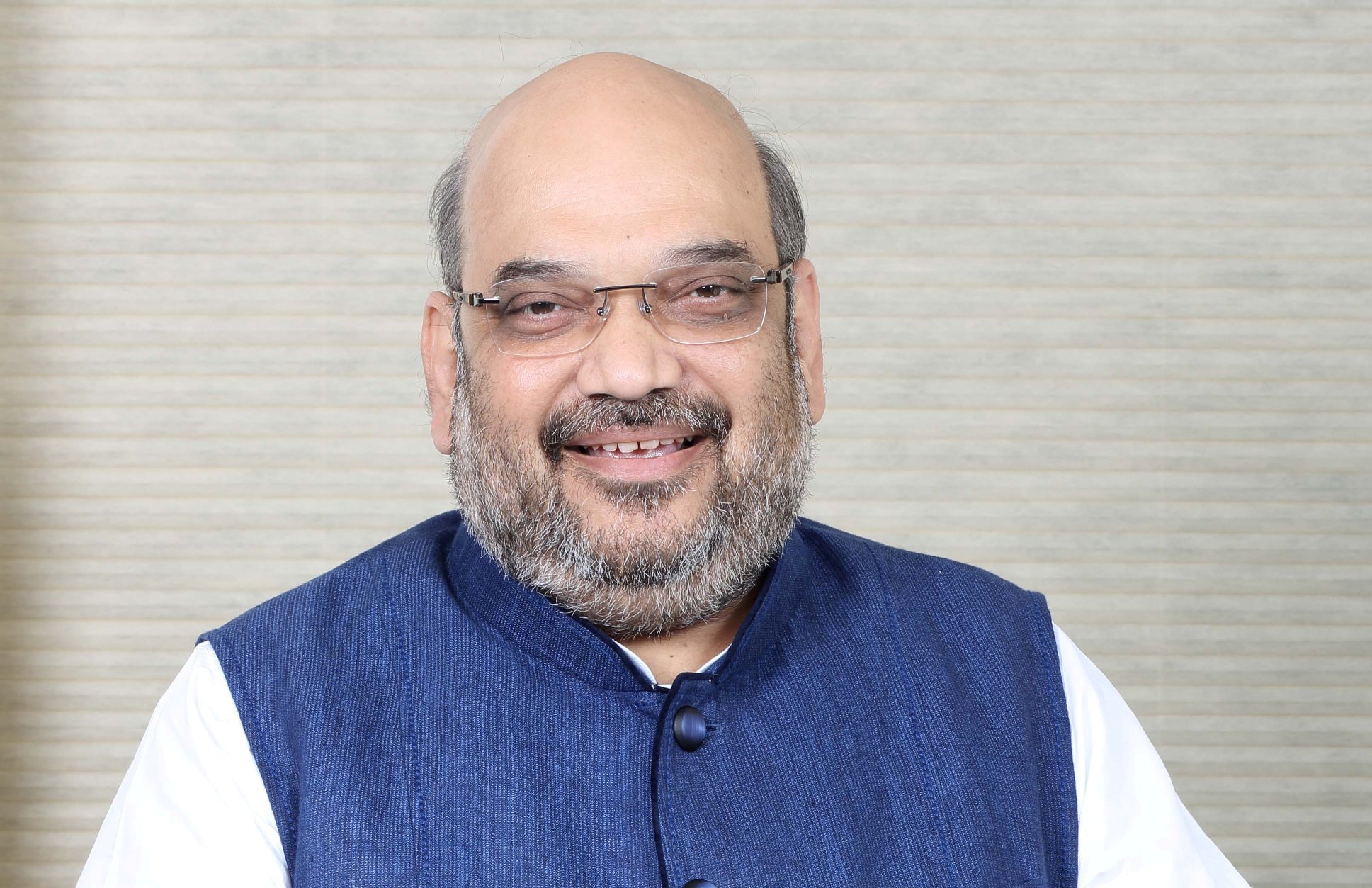The National Statistical Office (NSO) published the first advance estimates of the gross domestic product (GDP) for 2020-21, the current financial year, yesterday.
The NSO expects the Indian GDP to contract by 7.7% to Rs 134.4 lakh crore during the year. The GDP is a measure of the economic size of a country and thus, GDP growth/contraction is a measure of economic growth/contraction. Data from the Centre for Monitoring Indian Economy (CMIE) shows that this is the worst performance of the Indian economy since 1951-52.
Let’s take a look at this pointwise.
1) This is the fifth time the Indian economy will contract during the course of a financial year. The last time the Indian economy contracted was in 1979-80, when it contracted by 5.2%, due to the second oil shock.
Before 1979-80, the Indian economy had contracted on three occasions during the course of a year. This was in 1957-58, 1966-67 and 1972-73, with the economy contracting by 0.4%, 0.1% and 0.6%, respectively.

Source: Centre for Monitoring Indian Economy.
Hence, in the years after independence, the Indian economy has seen two serious economic contractions, the current financial year is the second one.
2) One way the GDP of any country is estimated is by summing the private consumption expenditure, investment, government expenditure and net exports (exports minus imports), during the year.
The government expenditure has always been a small part of the Indian economy. It was at 5.6% of the GDP in 1950-51. It has gradually been going up since then. In 2020-21, it formed 13% of the GDP, the highest it has ever been. This tells you the times that we are living in. The government expenditure as a part of the GDP has been going up since 2013-14, when it was at 10% of the GDP. Hence, the government has had to spend more and more money to keep the growth going over the last five to six years.
Given this, while the spread of the covid-pandemic has created a massive economic mess this year, the Indian economy has been slowing down for a while now. This is the broader message that we shouldn’t miss out on, in all the song and dance around the economic recovery.
3) If we leave out the government expenditure from the overall GDP figure, what we are left with is the non-government GDP. This is expected to contract by 9.5% during this year, the worst since 1951-52. What this also tells us is that the non-government part of the economy which will form 87% of the economy in 2020-21, is in a bigger mess than the overall economy.
4) This isn’t surprising given that investment in the economy is expected to contract by 14.5% during the year. What does this mean? It first means that for all the positivity that the corporates like to maintain in the public domain about the so-called India growth story, they clearly aren’t betting much money on it.
As the new twist to the old proverb goes, the proof is in the pudding. During the period October to December, the new investment projects announced, by value, fell by 88%, and the investment projects completed, by value, fell by 72%. This is a period when corporates were talking up the economic recovery big time.
5) It is investments into the economy that create jobs. When the investments are contracting there is clearly a problem on that front. It also leads to the question of what happens to India’s so-called demographic dividend. One fallout of a lack of jobs has been the falling labour force participation rate, especially among women, which in December 2020 stood at just 9.28%. This is a trend that has been prevalent for five years now and Covid has only accelerated it. More and more women are opting out of the workforce.
6) Getting back to corporates. The profitability of Indian corporates went through the roof between July and September. This when the broader economy was contracting. How did this happen? The corporates managed to push up profits by driving down costs, in particular employee cost and raw material cost. While this is corporates acting rationally, it hurts the overall economy.
This means that incomes of those working for corporates and those dealing with them (their suppliers/contractors etc.) have come down. Net net this will hurt the overall economy and will eventually hurt the corporates as well, because there is only so much cost-cutting you can do. Ultimately, only higher sales can drive higher profits and for that the incomes of people need to grow.
7) It is hardly surprising that investments are expected to contract during the year, given that private consumption expenditure, the biggest part of the Indian economy, is expected to contract by 9.5% during the year. Ultimately, corporate investment leads to production of goods and services that people buy and consume, and things on the whole don’t look too good on this front.
In fact, even in 2019-20, the last financial year, the private consumption expenditure had grown by just 5.3%, the worst in close to a decade. This again tells us that while covid has been terrible for the economy, things weren’t exactly hunky dory before that.
8) The final entry into the GDP number is net exports. Typically, this tends to be negative in the Indian case, simply because our imports are much more than our exports. But this year that is not the case with net exports being in positive territory, the first time in four decades. This has added to the overall GDP. But is this a good thing? The exports this year are expected to contract by 8.3% to Rs 25.8 lakh crore. In comparison, the imports are expected to contract much more by 20.5% to Rs 24.8 lakh crore.
What does this tell us? It tells us that the demand for Indian goods in foreign countries has fallen because of covid. At the same time, the contraction of Indian imports shows a massive collapse of demand in India. Non-oil, non-gold, non-silver goods imports, are a very good indicator of consumer demand and these are down 25.3% between April and November this year, though the situation has been improving month on month.

9) There is another way of measuring the GDP and that is by looking at the value added by various sectors. If we were to consider this, agriculture growth during the year remains sturdy at 3.4%. While, this is good news on the whole, it doesn’t do anything to change the fact that close to 43-44% of the workforce is employed in agriculture and contributes just 15% of the economic output.
Come what may, people need to move away from agriculture into professions which add more value to the economy. This hasn’t been happening at the pace it should.
10) The non-agriculture part of the economy, which will form around 85% of the economy this year, is expected to contract by 9.4%, This clearly isn’t good news.
11) Industry is expected to contract by 9.6%. Within industry, manufacturing and construction are expected to contract by 9.4% and 12.6%, respectively. The construction sector is a big creator of jobs, especially jobs which can get people to move away from agriculture. With the sector contracting, the importance of agriculture in the economy has gone up.
12) The services sector is expected to contract by 8.8%. Within this, trade, hotels, transport, storage and communication (all lumped into one, don’t ask me why) is expected to contract by 21.4%. This isn’t surprising given that people continue to avoid hotels and travelling, thanks to the fear of the covid pandemic.
13) The GDP during 2020-21 is expected to be at Rs 134.4 lakh crore. The GDP during 2019-20 was at Rs 145.6 lakh crore. Given this, when it comes to the GDP growth during 2021-22, the next financial year, the low base effect will be at play. Even if the GDP in 2021-22 touches the GDP in 2019-20, we will see a growth of 8.4%. Nevertheless, even with that sort of growth we will be just getting back to where we were two years ago. In that sense, the covid pandemic along with the slow growth seen before that, has put India’s economy back by at least two years.
To conclude, the economy will do much better in the second half of this financial year than the first half. In fact, it already is.
The question is whether this is because of pent up demand or covid induced buying or is a genuine economic recovery already taking place. I guess, there is a little bit of everything happening.
But how strong the economic recovery is, will only become clear in the months to come, as the covid induced buying, and buying because of pent up demand, start to dry out.
Watch this space!





